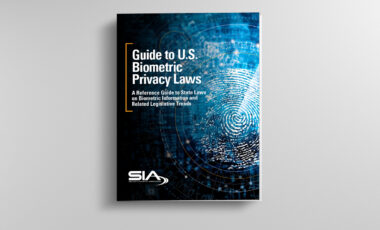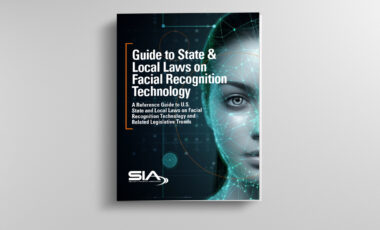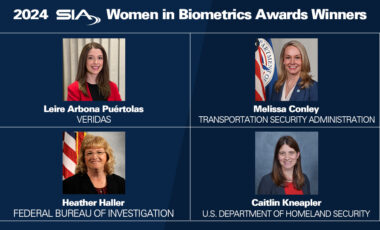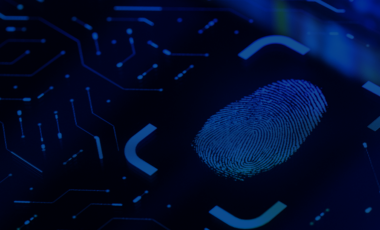Biometrics
Guide to U.S. Biometric Privacy Laws
Get helpful information on U.S. statewide laws that impose requirements on the use of biometric data and technologies in 24 states and localities.
Keep Reading »Guide to State & Local Laws on Facial Recognition Technology
SIA presents a reference guide to U.S. state and local laws on facial recognition technology and related legislative trends.
Keep Reading »A Solution for the Retail Theft Crisis
Facial recognition enhances security, loss prevention Facial recognition technology is not emerging. It’s here. Millions of people already use artificial intelligence (AI)-driven facial recognition technology every day in the United States and around the world. Individuals from every demographic unlock their phones with their faces – instantly – multiple times per day. They use facial recognition for…
Keep Reading »Nation’s Strongest Regulations for Law Enforcement Use of Facial Recognition Technology Go Into Effect: Key Provisions of Maryland’s New Law
The only U.S. state to pass legislation specifically addressing facial recognition technology this year, Maryland’s new law was signed by Gov. Wes Moore on May 26, 2024, and went into effect on Oct. 1. The measure establishes uniform statewide standards applicable to any state or local agency that uses facial recognition technology in criminal investigations.…
Keep Reading »SPARC Intelligence Report: Mobile Credential Solutions
Explore challenges in managing mobile credentials, current solutions being used and how the industry can enhance adoption and effectiveness.
Keep Reading »Security Industry Association Announces 2024 Winners of the SIA Women in Biometrics Awards
Leire Arbona Puértolas, Melissa Conley, Heather Haller and Caitlin Kneapler will be honored for their leadership and contributions in biometrics and security at the 2024 SIA GovSummit. SILVER SPRING, Md. – The Security Industry Association (SIA) has named four women biometrics leaders as recipients of the 2024 SIA Women in Biometrics Awards, a globally recognized program presented…
Keep Reading »Security Industry Association and International Biometrics + Identity Association Oppose Adding Extraneous Prohibitions on TSA Use of Facial Biometrics in Potential FAA Measure
SILVER SPRING, Md. – The Security Industry Association (SIA) and the International Biometrics + Identity Association (IBIA) have urged Congress to oppose inclusion in the Federal Aviation Administration (FAA) Reauthorization measure of an extraneous provision seeking to prohibit the Transportation Security Administration (TSA) from using facial recognition technology. In an April 15, 2024, letter to Sens. Maria…
Keep Reading »Maryland Set to Enact Nation’s Strongest Regulations for Law Enforcement Use of Facial Recognition Technology
Updated May 16, 2024 SILVER SPRING, Md. – On April 8, 2024, during its last day of regular session, the Maryland General Assembly unanimously passed House Bill 338/Senate Bill 182 to regulate the use of facial recognition technology by law enforcement across the state. Gov. Wes Moore signed the bill into law on May 16.…
Keep Reading »Improving Visitor Management With Lighting Technologies
External illumination boosts accuracy of biometric solutions Visitor management is a critical aspect of every physical security plan. Verifying the identity of patrons and guests before granting access to a facility is essential for maintaining a safe environment. Over the last decade, airports, government facilities, banks, data centers and other institutions have increasingly adopted contactless,…
Keep Reading »Security Industry Association Files Amicus Brief in Key BIPA Case
At the end of August 2023, the Security Industry Association (SIA) filed an amicus curie (“friend of the court”) brief in support of a U.S. District Court ruling that rejects an incorrect interpretation of requirements under the Illinois Biometric Information Privacy Act (BIPA) of 2008 in a case under consideration by the Ninth Circuit Court…
Keep Reading »









